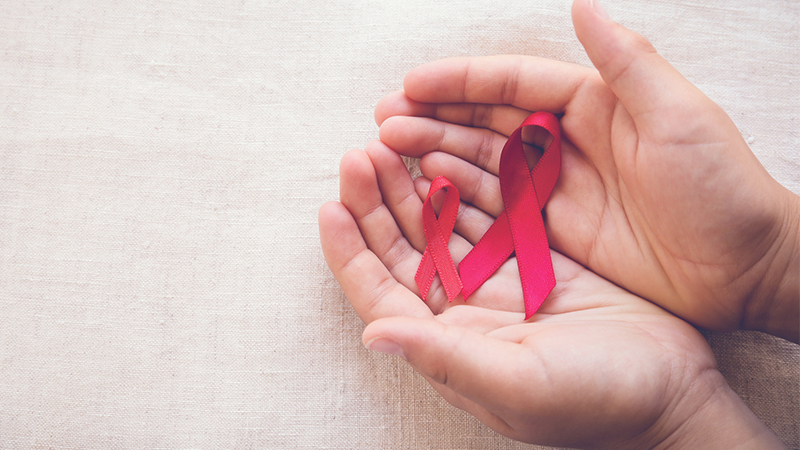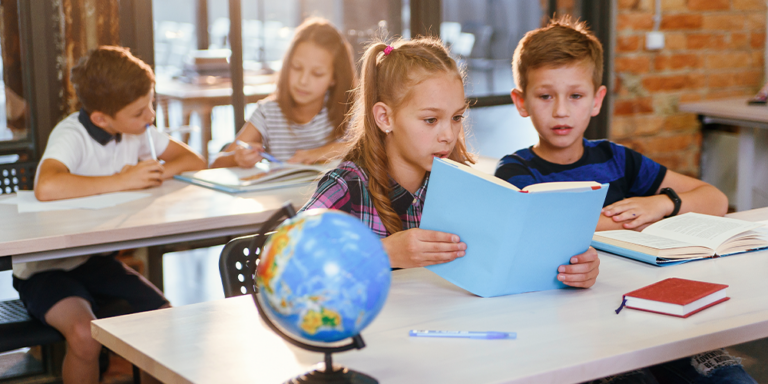Today, December 1st, is World AIDS Day. HIV/AIDS remains a global epidemic that affects our students, families, and communities both directly and indirectly. In the United States, more than 1.2 million people are living with HIV, and 1 in 8 of them don’t know it. Young people are the most likely to be unaware of their infection. Among people ages 13-24, an estimated 44% of those living with HIV don’t know their status (Centers for Disease Control, 2015).
According to the National HIV/AIDS Strategy, one way to reduce the number of new HIV infections is to educate all Americans with easily accessible, scientifically accurate information about HIV risks, prevention, and transmission. As educators, we are in a unique position to impart knowledge to our students about how they can prevent HIV/AIDS from spreading and to also provide them with the skills they need to protect themselves.
Looking for ways you can engage your students around the HIV/AIDS epidemic? Here are a few simple and powerful activities you can implement in your classroom:
Viral Shapes Activity
Enrich students’ scientific knowledge about HIV/AIDS with the Viral Shapes activity, which walks students through the parts of a bacteriophage and helps them identify the shapes of several viruses. This activity can be tailored for students across grade levels.
Letter Writing Campaign
Have your students voice their concerns about HIV/AIDS in a letter writing campaign to local and national policymakers. In their letters, they can address unlimited topics, including funding for HIV/AIDS research, equitable distribution of resources for individuals, families, or communities that are affected, or housing for infected individuals. Students may also develop research projects, write opinion-editorials for the school or local newspaper, or create personal or classroom blogs they can share with their peers.
World Health Organization Activities
Develop your students’ socioemotional, cognitive, and coping skills by implementing examples from the Learning for Life: Classroom Activities for HIV and AIDS Education Activity Book. This booklet, compiled by the World Health Organization and partners, has been offered to more than 200,000 teachers in more than 17 countries, and covers all aspects of HIV and AIDS education, including basic information, prevention strategies, HIV counseling, testing, treatment, and issues related to gender inequalities, stigma, and discrimination. Activities in this booklet are tailored to students in three age groups: under age 10, ages 10–14, and ages 15+.
HIV/AIDS Literature Activity
Engage your middle and high school students with stories about young people who lived with HIV/AIDS and ask them to write short stories, poems, or conduct research about something they learned or which impacted them. Click here for free printables and examples of literature resources you can use.
Documentaries
Capture your students’ attention by screening documentaries or films about HIV/AIDS. This is a great way to build primary and secondary informational sources into your instruction. Scenarios USA and Global Citizen offer a series of films that are sure to draw your students in. As an extension activity, ask students to create murals or other creative pieces to convey what they learn about the HIV/AIDS epidemic.
In-Person Interviews
Invite community members, local organizations, or health professionals to talk to your students about HIV/AIDS. Organizations such as Love Heals: The Alison Gertz Foundation, send individuals living with HIV/AIDS or health educators to schools to engage students in dialogue and activities that build awareness, knowledge, and skills.
Service Learning
Provide service learning opportunities in your classroom by engaging students in meaningful HIV/AIDS-related community-based projects. With its focus on problem solving and authentic, real-world application, service learning is one of the most significant ways to build the 21 st century skills your students need to succeed while addressing social topics that influence positive change in their communities.






